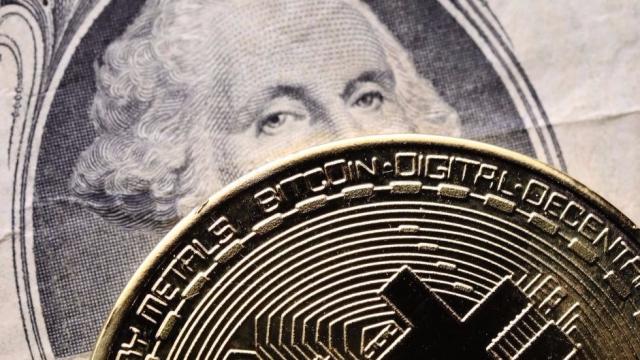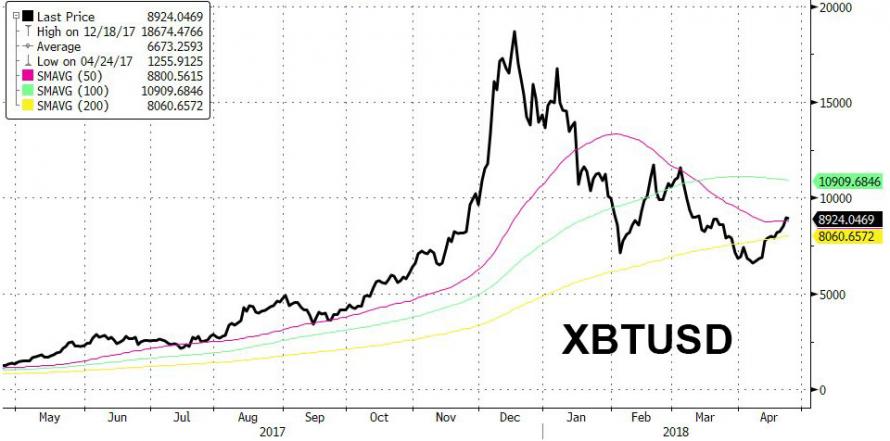There have been a sizable number of great prediction lists covering the upcoming year. As such, we decided to avoid the 2018 talk. Instead, I put a quarter into the magical coin operated binocular viewer near our office and set the dial to 2028. The images were blurry, but many of them looked really cool anyway.
1. Amazon leads Big Tech in financial services.
In 2018, a few Big Techs partner with financial institutions to offer deposit, lending and payments services. Such an approach works reasonably well over the next few years, as it allays some concerns that the tech giants would dominate financial services in the digital world. By 2028, though, the biggest of the Big Techs, Amazon, starts to feel the heat in earnest over its growing economic dominance. And in the wake of Amazon’s UPS acquisition and subsequent integration with AmazonUber, the “Bust-up Amazon” movement gains momentum, much to the chagrin of Amazon’s Prime Bank and small business banking customers. These financial services customers have come to assume that their frictionless voice UX, juicy rewards and extremely tight pricing are rights, even though all of these activities are losing money for the Seattle-Atlanta-based giant.
2. “Peak Partnership” hits.
After 2020, financial services firms begin to deemphasize partnerships with fintechs and either seek to buy start-ups outright or build solutions in-house. That latter approach is fueled by the rising ranks of tech talent who choose to work in financial services. That trend accelerates in the early 2020s, after several major banks replace their CEOs with technology and data science professionals capable of overseeing their newly deployed blockchain and AI-centric strategies. These male and female leaders are less interested in external partners and more interested in industry-wide, open-source projects and using Agile methodologies across business functions. Ironically, as the firms become more “techy,” their CEOs go out of their way on quarterly conference calls to insist that they are financial services firms, not tech companies.
3. Fintechs and insurtechs hang out at the mall.
Virtual reality emporiums, DNA testing kiosks, art exhibits, restaurants with child care, beer and wine tastings, dating cafés, indoor running tracks, meditation centers and amusement rides fill thriving malls, several of which have been designed by the world’s leading architectural firms. The experiences to be enjoyed at the mall are paid for increasingly via a finger that is inserted into a POS fingerprint scanner. This biometric development gives fresh meaning to the phrase “give someone the finger.” Also at the mall, pop-up shops, rather than permanent locations, represent a majority of the retail footprint, with everyone from digital banks to app-based investment advisors and insurers seeking flexible opportunities for physical engagement.
Source/More: Nine Things in the Offing for 2028 — The Financial Revolutionist















